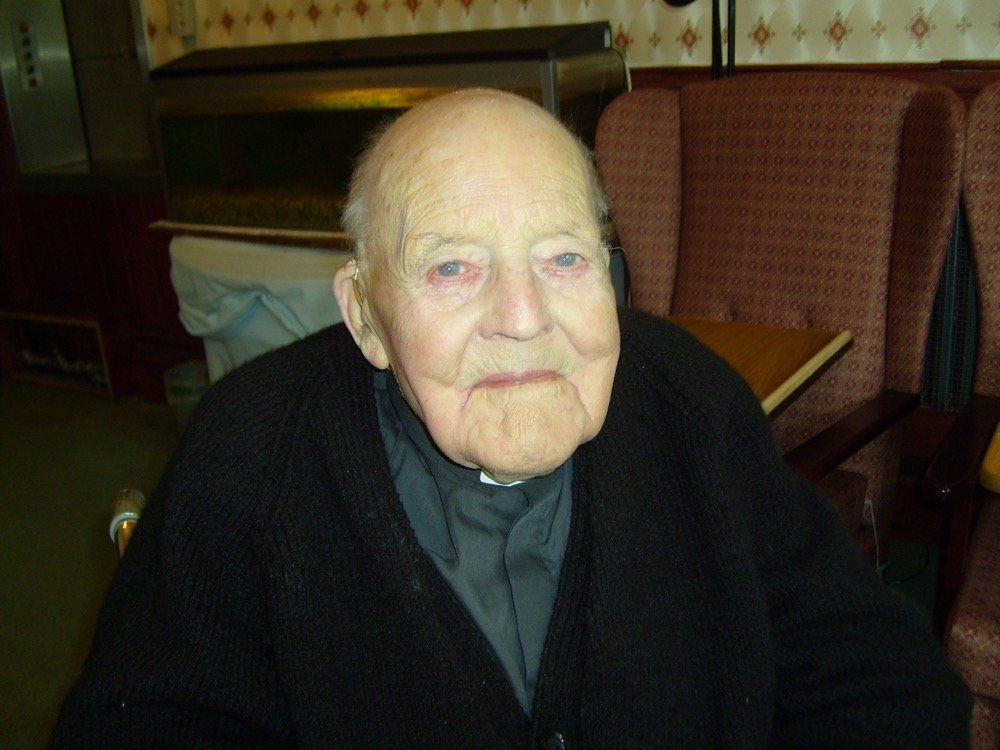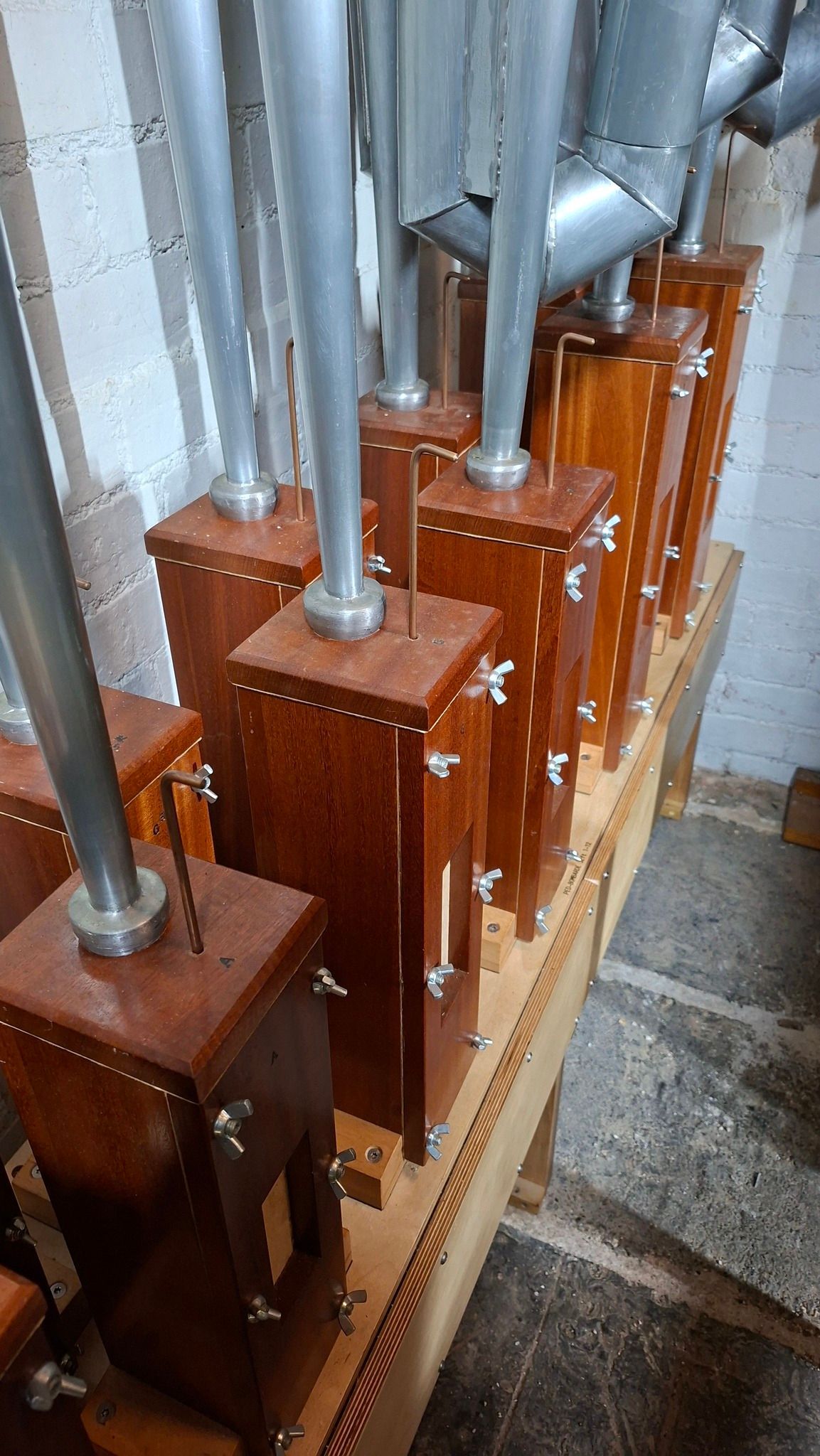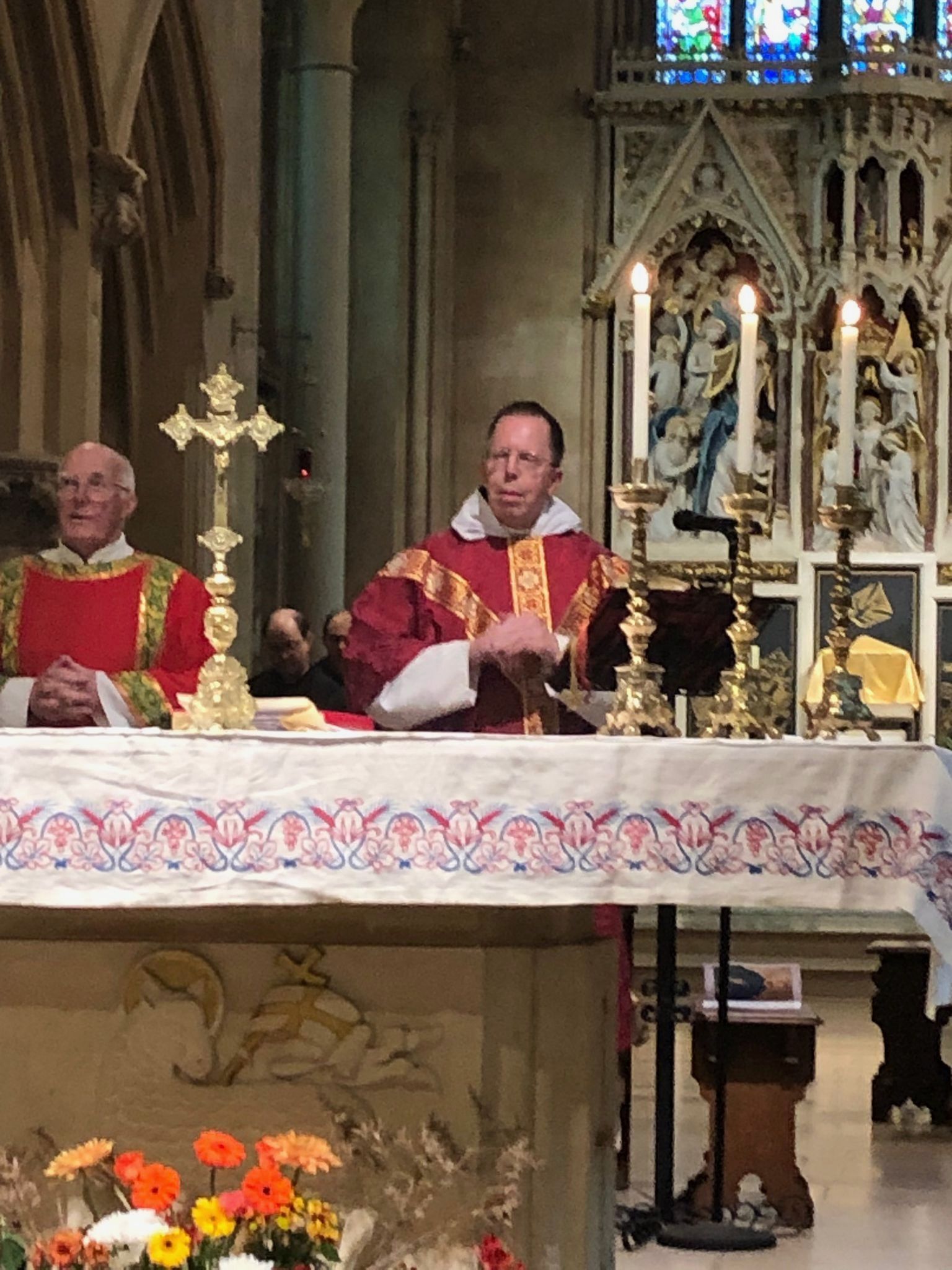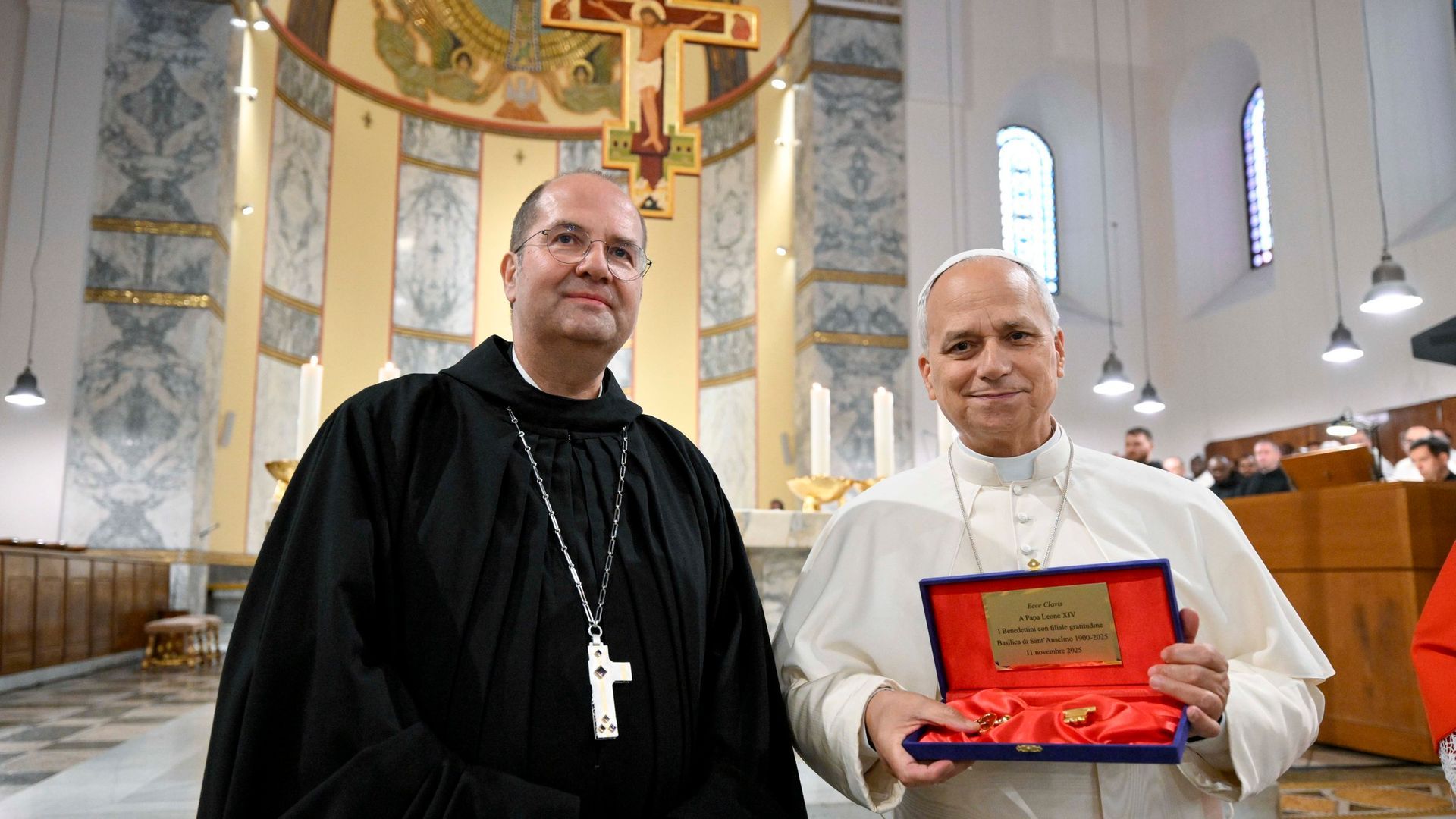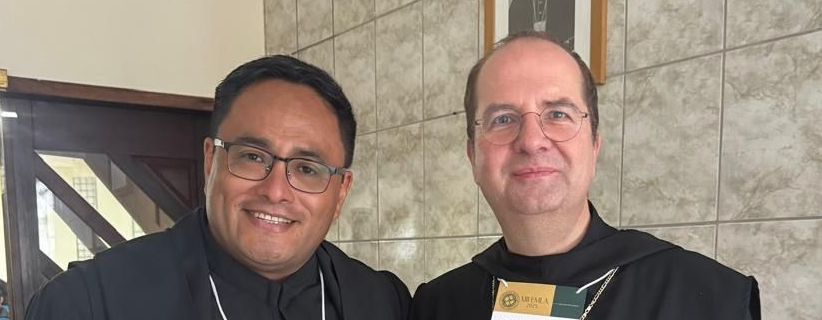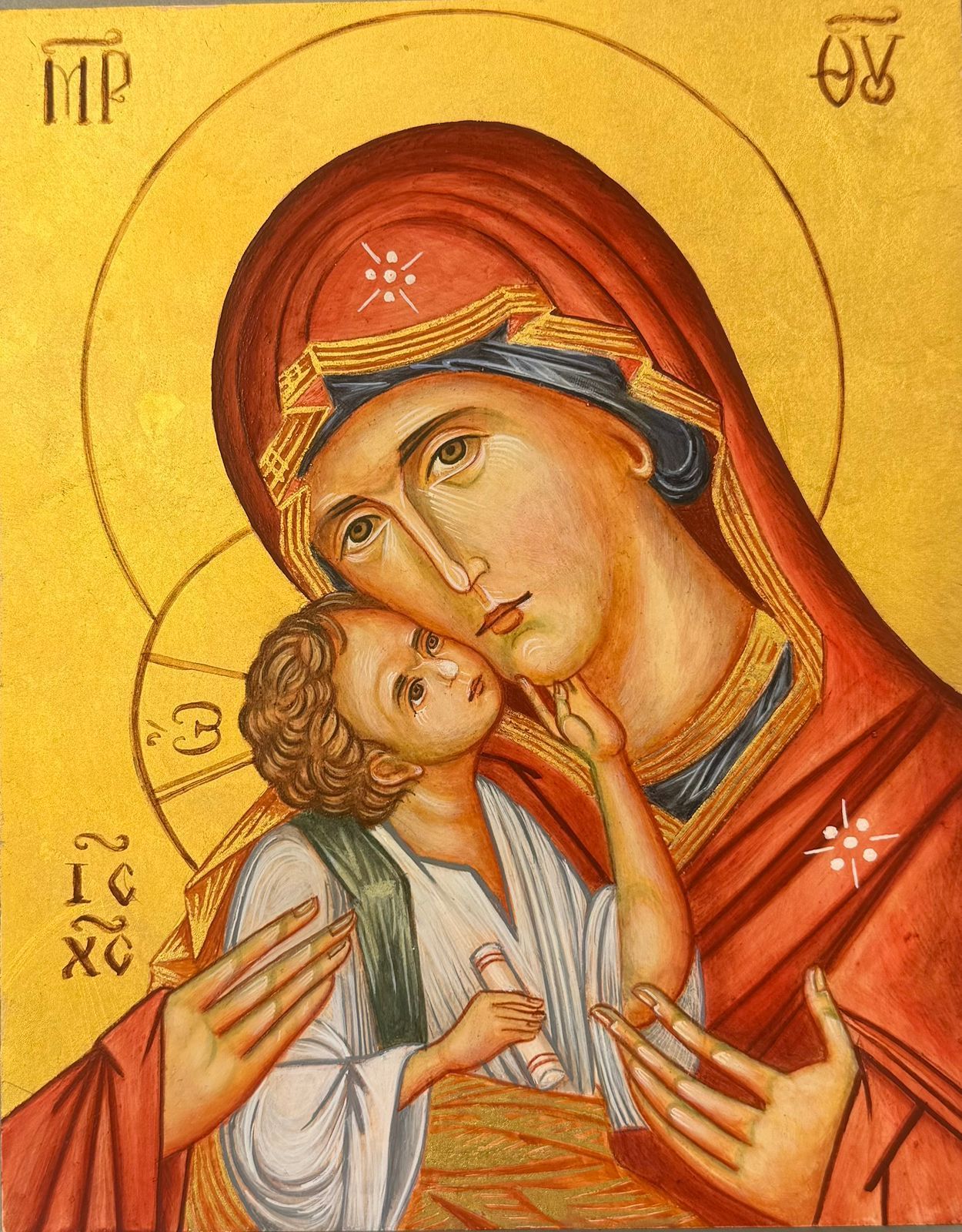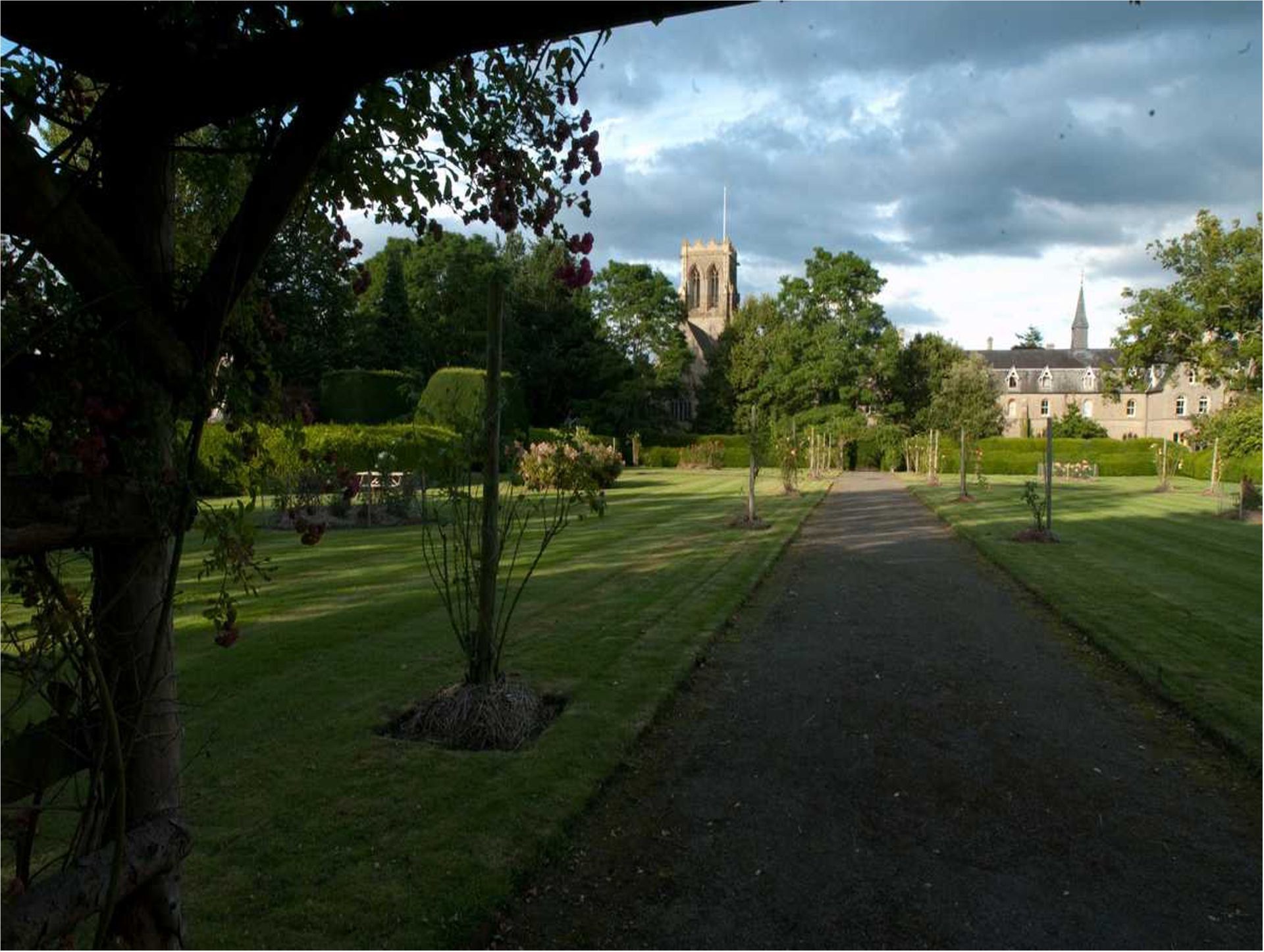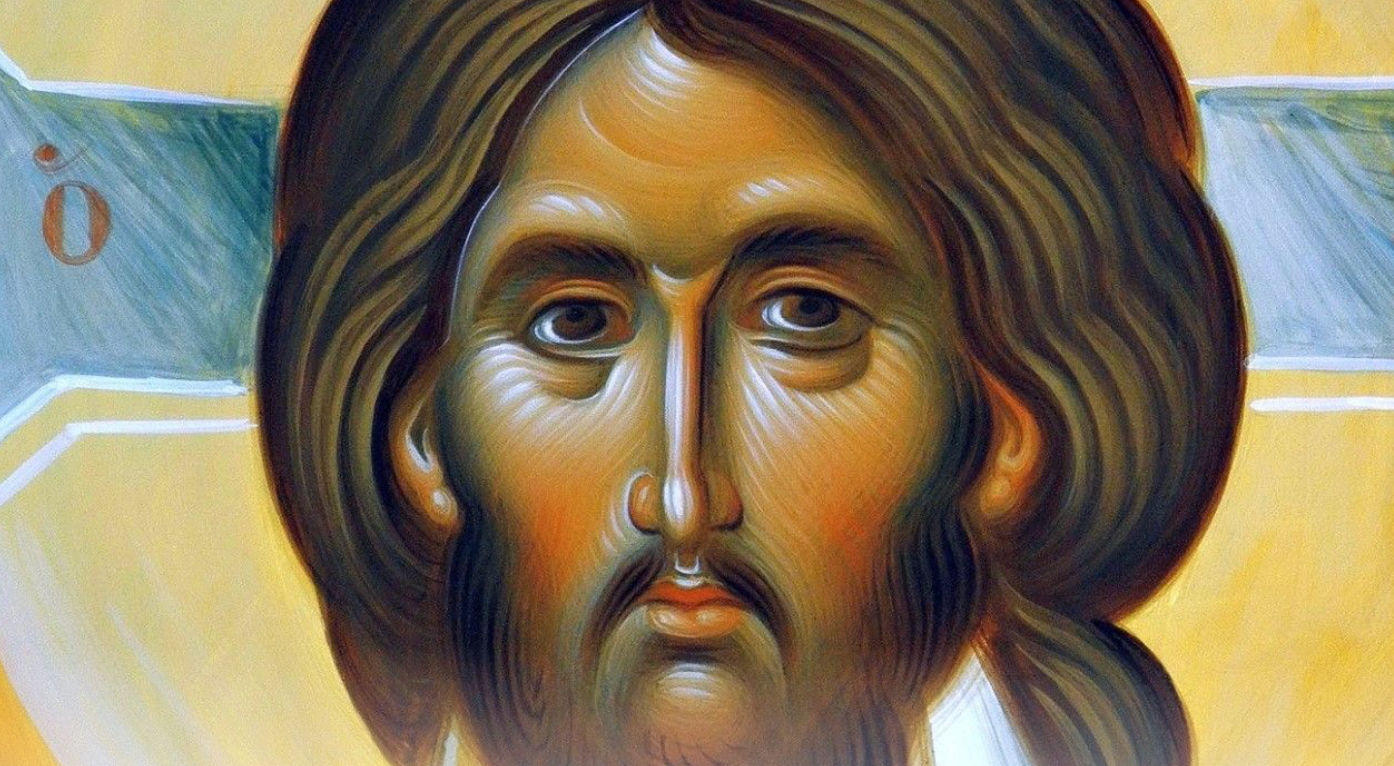The Belmont Fire Brigage
Fr Brendan Thomas • May 8, 2020
Today we mark VE Day, 75 years since the guns fell silent at the end of the war in Europe, and give thanks for the peace that was won and pay tribute to the service and sacrifice of the entire Second World War generation. What a courageous example they gave for which we will always be grateful.
The monks played their part, such as Fr Christopher McNulty who resigned as Headmaster in 1941 and received a commission as Chaplain to the Forces. Fifteen Old Boys of the school gave their lives in the armed forces during the war and are remembered in the memorial chapel. Below we recall the small local effort of some of the monks of Belmont in difficult times.

Shortly before his death Fr Hugh Menken gave an account of how five Belmont monks volunteered for the fire service in the Second World War, and formed the country's only monastic fire brigade. We reproduce the story from the Hereford Times.
The fire at the Rotherwas Munitions Factory in 1944 is a well-known event in Hereford's history. What is less well known is that one of the county's more unusual fire crews was among the first on the scene. Peter Smith, who has a keen interest in the history of the fire service in Herefordshire, discovered in the course of his research the existence of a unique war-time fire brigade.
In 1940 five monks at Belmont Abbey volunteered for the fire service, working alongside more experienced crews during the war years. Fascinated by how the monks found themselves in the fire service, Mr Smith asked Father Hugh Menken, one of the original fire crew, to share his memories of life in Belmont Abbey's brigade, and was delighted to receive a handwritten account of his parallel life as a firefighter.
He detailed many events from the time his career took a - temporary - change of direction. "In November 1940, a small group offered their services," Father Hugh recalled in his account. "Many of the others were already working for the Air Raid Precautions (ARP). We were provided with a uniform and trained on a two-man manual pump. This rather primitive equipment was housed at Belmont, though it never saw active service."
Later, the Belmont complement rose to 15, the manual pump was withdrawn and replaced with a Coventry Climax Major towing pump and a converted Commer towing vehicle.
"The Commer had already seen much commercial use," Fr Hugh recalled, "and was in a parlous state as to roadworthiness: insufficient compression in the engine to tow the Coventry Climax at any reasonable speed, the gear gate was so loose that gear selection was difficult and the brakes were virtually non-existent. "Only the skill of the driver, Fireman (Rev) Paul Bloom prevented a very nasty accident when the brakes failed entirely on Fromes Hill."
According to Father Hugh, the country's only 'monastic' brigade was recognised by the Home Office for its propaganda value and a Picture Post photographer despatched to Belmont to take shots of the monks as firemen. They also received visits from many senior fire officers, but, wrote Father Hugh, there was a hidden agenda to the visits.
"Two things made such visits possible: monk firemen were an unusual curiosity, and invitations to visit the Abbey relieved HQ in Hereford of their commanding officers staying too long." Calls from HQ to arrange the VIP visits always ended with a request that Father Hugh call HQ the moment the VIP left the Abbey. "It was not merely for official knowledge of their whereabouts," wrote Father Hugh, "but so that Hereford themselves could be on the alert should a further call be made at the fire station!"
The first fire the Belmont brigade attended was at the old Barrel Inn in Eign Street, their last a big fire at an emergency hospital at Hope- under-Dinmore. They were also, with Hereford, the first on the scene at the Rotherwas munitions factory fire in 1944.
"All the gates were locked, everyone was supposed to have been evacuated. It was eerie waiting for the keys to the gate to get at the fires burning in small patches all over the area towards Dinedor Hill," wrote Father Hugh. "The original blast must have killed all the wildlife. There was not a sound from nature, not a bird to be seen, only an ominous drip-drip from a pipe in a wrecked canteen just over the wire fence. Before the keys arrived, we climbed the high wire fence to assist a solitary worker crying for help - he must have been missed when the workers were evacuated. He had a badly lacerated hand with the thumb almost severed, so we bandaged him up and got him off in our ATV to the ambulances at Bullingham."
Memories of the monastic fire brigade of 60 years ago are not the only thing to have vanished. The silver rose bow awarded annually to part time fire stations was returned it 1945 to Hereford Fire Station by the Belmont brigade, the last recipients, and no trace of it can now be found.

